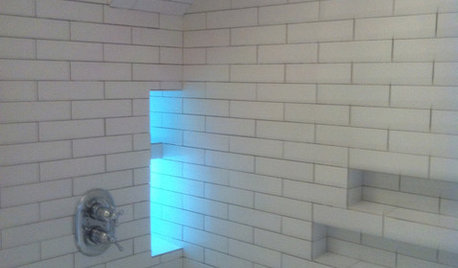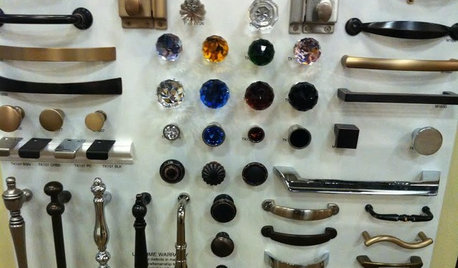Is my situation right for vermicomposting?
seattlegardengirl
13 years ago
Related Stories

DECORATING GUIDESDecorate With Intention: Get Your Home Office Right
Help personality and productivity team up in a home office for a win-win situation
Full Story
GARDENING GUIDESPick the Right Plant Pot to Flatter Your Landscape
To play matchmaker for your container garden and its surroundings, you've got to know all the materials and pick the right style
Full Story
WORKING WITH PROSHow to Hire the Right Architect
Your perfect match is out there. Here’s how to find good candidates — and what to ask at that first interview
Full Story
STAIRWAYSHow to Get Your Stair Runners Right
Add peace and quiet, beauty (and safety) with a pretty carpet on the stairs
Full Story
REMODELING GUIDESCool Your House (and Costs) With the Right Insulation
Insulation offers one of the best paybacks on your investment in your house. Here are some types to discuss with your contractor
Full Story
WORKING WITH PROSHow to Hire the Right Architect: Comparing Fees
Learn common fee structures architects use and why you might choose one over another
Full Story
BATHROOM DESIGN10 Top Tips for Getting Bathroom Tile Right
Good planning is essential for bathroom tile that's set properly and works with the rest of your renovation. These tips help you do it right
Full Story
WHITEHow to Pick the Right White Paint
White is white, right? Not quite. See 8 white paint picks for 8 very different effects
Full Story
WINDOW TREATMENTSHow to Hang Your Curtains Just Right
Learn key methods and measurements for fullness and stacking to get your window treatments on the right track
Full Story
KITCHEN DESIGNGet a Grip on Kitchen Cabinets With the Right Knobs and Pulls
Here's how to pair the right style, type and finish of cabinet hardware with your kitchen style
Full StorySponsored
More Discussions






marauder01
merrygardener
Related Professionals
Edmond Landscape Contractors · Lakeland Landscape Contractors · Burien Landscape Contractors · Doctor Phillips Landscape Contractors · Lakewood Landscape Contractors · Marlborough Landscape Contractors · Methuen Landscape Contractors · Pacifica Landscape Contractors · Antioch Landscape Contractors · Cibolo General Contractors · Broadview Heights General Contractors · Kettering General Contractors · Leominster General Contractors · Mililani Town General Contractors · Wolf Trap General ContractorsseattlegardengirlOriginal Author
plumiebear
susanfromhawaii